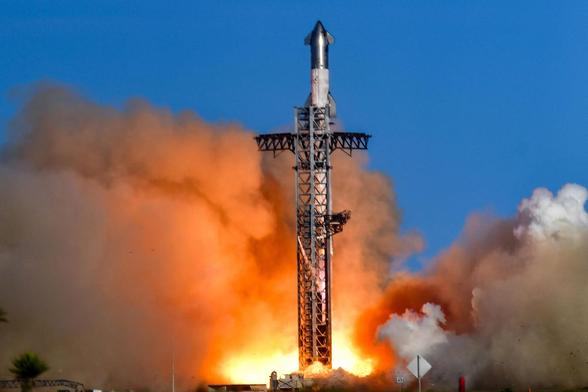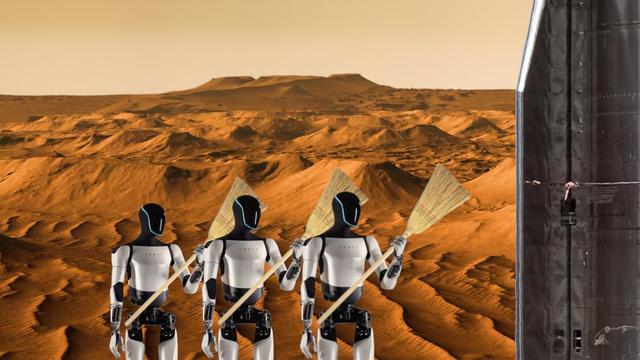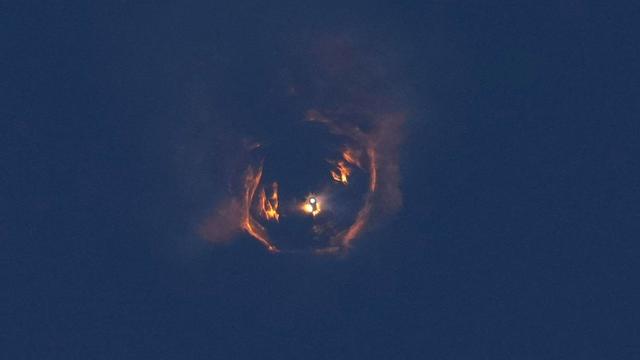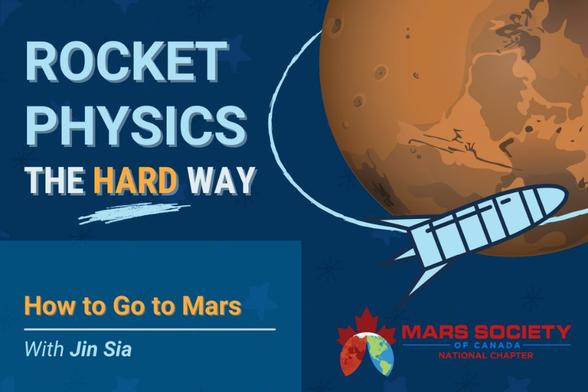"Two years down the road it seems feasible.It would be enough for #SpaceX to have a fleet of three launchers, one per pad. The bottleneck may lie in the supply of the thousands of liters of #methane and oxygen needed to maintain a sustained hourly launch rate. Some have proposed building a jetty and a small gas #pipeline so that the fuel can arrive in large methane tankers." https://english.elpais.com/science-tech/2024-11-04/elon-musks-plans-to-go-to-mars-within-two-years.html
The proof of concept shows that at the current achievable flow rates of #CO2 and water, it is possible to meet #NASA’s 16-month deadline for refueling #rockets on #Mars 🔴. It can be scaled further to meet tighter rocket refueling ⛽ deadlines. The use of Martian nighttime temperatures for heat 🌡️ exchange can potentially reduce the dependence on power-hungry cryogenic methods for gas liquefaction. https://pmc.ncbi.nlm.nih.gov/articles/PMC9118664

Thermodynamic modeling of in-situ rocket propellant fabrication on Mars
In-situ resource utilization (ISRU) to refuel rockets on Mars will become critical in the future. The current effort presents a thorough feasibility analysis of a scalable, Matlab-based, integrated ISRU framework from the standpoint of the second ...
For Starship to go to #Mars 🔴, you’ve got to get #Starship tankers ⛽ on orbit and perfect orbital refueling. #SpaceX will have to perfect the #robots 🤖 that will help build spacecraft #LandingPads and human #habitats on the Martian surface, prospect for water 💧 underground, and convert the water and carbon dioxide captured from the atmosphere into vast reservoirs of super-cooled oxygen and methane for the Starships’ return voyage to Earth. https://www.forbes.com/sites/kevinholdenplatt/2025/03/11/spacexs-starship-plan-to-land-first-humans-on-mars-but-not-till-2031
#Reuters - #Starship is set to depart for #Mars at the end of next year, carrying humanoid bot #Optimus. https://www.reuters.com/technology/space/starship-carrying-teslas-bot-set-mars-by-end-2026-elon-musk-2025-03-15
Each #technological breakthrough brings us closer to realizing the goal of living on #Mars 🔴. Mars colonization 👩🚀👨🚀 is within our potential reach. This paper has outlined a feasible timeline⌛
📆 2020s: Continued #robotic exploration
📆 2030s: Test missions for human life-support systems and #ISRU ⚒️ on the Martian surface
https://pmc.ncbi.nlm.nih.gov/articles/PMC10884476
#HumanSpaceflight #SpaceTravel #SpaceExploration #SpaceColonization

Towards sustainable horizons: A comprehensive blueprint for Mars colonization
This paper thoroughly explores the feasibility, challenges, and proposed solutions for establishing a sustainable human colony on Mars. We quantitatively and qualitatively analyze the Martian environment, highlighting key challenges such as ...
#Starship would take between a mere 80 and 150 days to reach #Mars 🔴, depending on the launch window.
A shorter transfer time comes at the cost of higher fuel ⛽ requirements and less payload mass. Not only is it more difficult to reach the required delta-V, it’s also more difficult to stop. The spacecraft will need to brake harder to match velocities with Mars upon arrival https://www.marssociety.ca/2021/01/22/rocket-physics-how-to-go-to-mars
The time of travel to #Mars can be reduced from nine months ⏳ to about four months. This would reduce #radiation ☢️ doses by over 60% compared to the Hohmann transfer. This trajectory uses 4.62 km/s of deltaV. #SpaceX #Starship is designed for about 6 km/s of deltaV. The return velocity of #Apollo was about 11 km/s https://marspedia.org/Aerobraking
By Giusy Falcone Dec 2021 https://gfalcon2.web.illinois.edu
With a 6 m/s increase in the Delta-V budget, the deep reinforcement learning approach shortened the #aerobraking time by 68.3% 📉. The DRL algorithm does not encounter any thermal violations over 40 episodes compared to the 2.8 average thermal violations experienced by the state-of-the-art heuristic https://arc.aiaa.org/doi/10.2514/6.2022-2497
As the #spacecraft approaches Mars 🔴, it will need to perform a capture burn 🔥 to slow down and be captured by Mars' gravity. This requires a delta-v of about 0.7 to 1.3 km/s to enter Mars' orbit or to land on the planet's surface. #Starship 🚀 will enter #Mars’ atmosphere at 7.7 km/sec and decelerate #aerodynamically https://www.uc.edu/content/dam/refresh/cont-ed-62/olli/fall-23-class-handouts/SpaceX%208%20%20Mars%20%20Vision%20Summary.pdf



